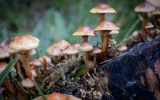7 Hacks to Speed Up Mycelium Growth Instantly
Growing mycelium can be a difficult and time-consuming process, but with the right techniques, you can speed up the process and start harvesting your mycelium sooner. If you’re looking for a way to speed up the growth of your mycelium, this article is for you.
It is important to ensure proper sterilization and an appropriate environment with good ventilation, optimal temperature, and humidity to speed up mycelium growth. You can also use a liquid culture, pre-sterilized spawn, or nutrient-rich substrate that can promote faster mycelium growth.
Let's go into details about the hacks to instantly speed up mycelium growth. From improving the environment for your mycelium to utilizing the right substrates, you’ll learn how to give your mycelium the boost it needs to reach its full potential.
Summary
- While there are no instant hacks to speed up mycelium growth, there are several things you can do to optimize conditions and promote faster growth.
- Even with optimal conditions, it can take several days or even weeks for the mycelium to fully colonize the substrate.
- Rushing the process or taking shortcuts can lead to contamination, poor yields, or even complete failure of your mushroom cultivation.

On this page:
7 Ways to Boost Mycelium Growth Immediately
Here are seven tips to consider when boosting mycelium growth:
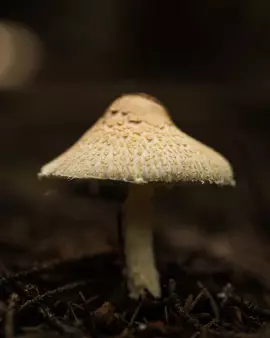
1. Ensure proper sterilization of the tools to use for inoculation
It's important to sterilize all tools, equipment, and substrates to prevent contamination. Contamination can slow mycelium growth or even kill the mycelium altogether.
- Start by cleaning the tools with soap and water to remove any dirt or debris.
- Rinse the tools thoroughly with clean water to remove any soap residue.
- Soak the tools in a solution of 70% isopropyl alcohol or a 10% bleach solution for at least 30 minutes. This will kill most bacteria and fungi on the surface of the tools.
- Rinse the tools thoroughly with sterile water or distilled water to remove any alcohol or bleach residue.
- Let the tools air dry completely before using them for inoculation.
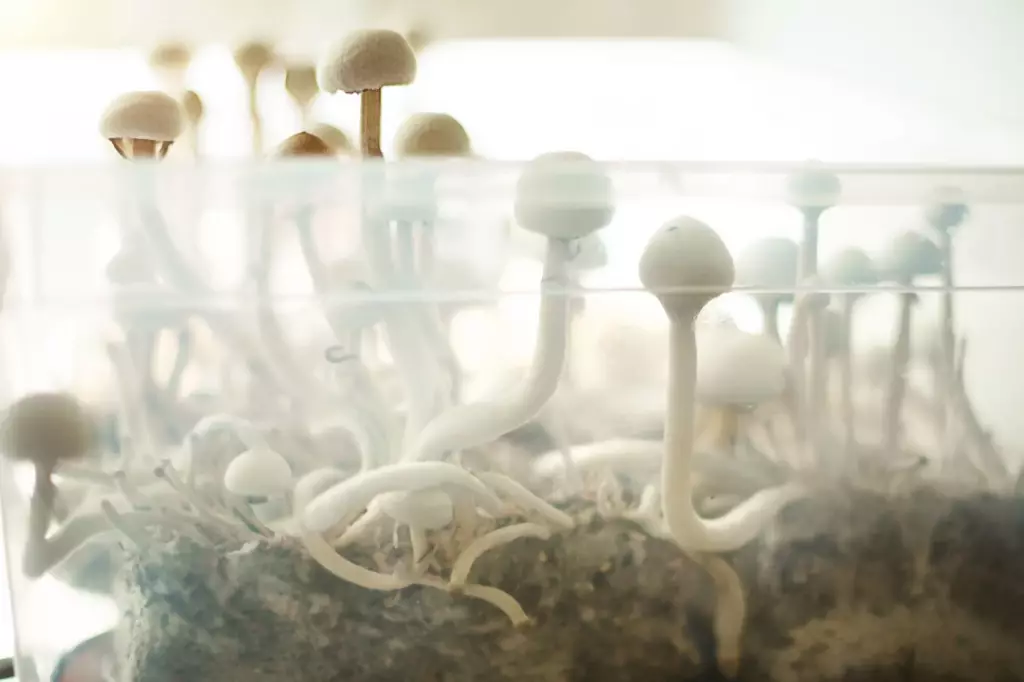
2. Use a liquid culture for faster mycelium growth
A liquid culture contains actively growing mycelium that has already colonized the nutrients in the liquid medium. When introduced to a substrate, the mycelium can quickly colonize the new environment and speed up the colonization process.
Here are the general steps to using a liquid culture to speed up mycelium growth:
-
Start by preparing your liquid culture using a sterilized medium, such as potato dextrose broth or malt extract broth. Add a small piece of mycelium or spores to the medium and incubate it at the appropriate temperature and humidity for your mushroom species.
-
Once the liquid culture has fully colonized, shake it to break up the mycelium and distribute it evenly throughout the liquid.
-
When you're ready to inoculate your substrate, use a sterilized syringe to transfer the liquid culture to the substrate. Inject the liquid culture into the substrate at several points to increase the inoculation points.
-
Once you've inoculated the substrate, incubate it at the appropriate temperature and humidity for your mushroom species. The mycelium should start to colonize the substrate within a few days to a week.
-
Check the progress of the mycelium growth regularly. If you notice any signs of contamination, such as mold growth or a foul odor, remove the contaminated area immediately.
3. Use pre-sterilized spawn to speed up mycelium growth
Using pre-sterilized spawn can speed up the colonization process, as the mycelium has already started to grow before being introduced to the substrate.
-
Choose a pre-sterilized spawn that is suitable for your mushroom species and the substrate you plan to use.
-
Prepare your substrate according to the instructions provided by the manufacturer. Ensure that the substrate is at the appropriate temperature and humidity for your mushroom species.
-
Open the pre-sterilized spawn package and break it into small pieces. Using a sterilized spoon or knife, transfer the spawn to the substrate and distribute it evenly throughout the substrate.
-
Gently mix the spawn with the substrate so the mycelium can quickly spread throughout the substrate.
-
Once the spawn is mixed with the substrate, incubate the substrate at the appropriate temperature and humidity for your mushroom species.
-
Check the progress of the mycelium growth regularly. If you notice any signs of contamination, such as mold growth or a foul odor, remove the contaminated area immediately.
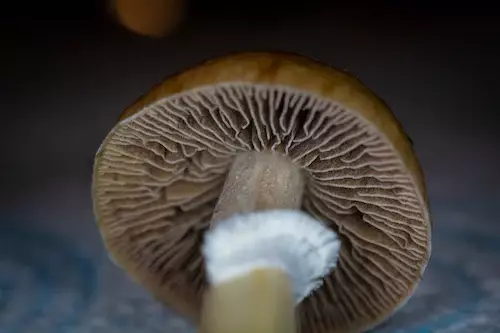
4. Increase surface area to speed up mycelium growth
Breaking up the substrate into smaller pieces can increase the surface area available for the mycelium to grow on, resulting in faster colonization.
-
Use your sterilized tool to break up the substrate into smaller pieces.
-
The size of the pieces will depend on the type of substrate and the mushroom species you are growing.
-
For example, straw or sawdust-based substrates can be broken into pieces that are a few inches long, while coffee grounds can be broken up into smaller pieces.
-
Once you have broken up the substrate, mix it thoroughly to ensure that the smaller pieces are evenly distributed throughout the substrate. This will provide more surface area for the mycelium to colonize.
5. Maintain optimal temperature and humidity for the mycelium
Mycelium grows best at specific temperatures and humidity levels. Maintaining these levels can help accelerate growth. The optimal temperature range is usually between 20°C and 27°C, and the humidity range should be around 70% to 80%. Ensure that the substrate is adequately moist. It should not be too dry or too wet. The ideal moisture content is around 60-70%.
6. Use a nutrient-rich substrate for faster mycelium growth
Providing a nutrient-rich substrate can promote faster mycelium growth.
- Different species of fungi have different substrate preferences. For example, oyster mushrooms grow well on straw or sawdust, while shiitake mushrooms prefer hardwood sawdust.
- Choose a substrate that is suitable for the species of mushroom you are growing.
- Nutrient-rich substrates can be created by adding supplements such as bran, soybean meal, or wheat bran. These supplements are rich in nitrogen, which is essential for mycelium growth.
7. Increase ventilation to speed up mycelium growth
Mycelium requires oxygen to grow, and increasing ventilation can help promote faster growth. Providing fresh air exchange in the growing environment can help increase oxygen levels and promote mycelium growth.
-
Increasing the air exchange rate in your growing environment can help promote ventilation. This can be done by opening vents, doors, or windows, or by using a fan to circulate the air.
-
Creating airflow channels in your growing environment can help direct air where it is needed most. This can be done by using ducts, tubing, or other materials to create a path for air to flow through.
It's important to note that mycelium growth can still take time and patience.
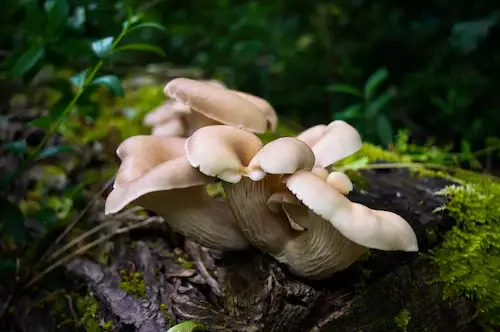
Experiment with Different Techniques To Grow Mycelium Fast
Experimenting with different techniques can be a great way to find the best method for growing mycelium quickly and optimize the growing process. Here are some steps you can follow to experiment with different techniques:
1. Choose the variables to test for their impact on mycelium growth
Consider the variables that can affect mycelium growth, such as substrate type, temperature, humidity, lighting, and air circulation. Choose one variable to test at a time, so you can accurately determine its impact on mycelium growth.
2. Design your experiment to test the variables
Determine how you will test the variable you chose. For example, if you want to test the impact of substrate type on mycelium growth, you can prepare two different substrates and inoculate them with the same strain of mycelium. Make sure to use the same amount of mycelium for each substrate, and keep all other variables constant.
3. Record your observations on the mycelium growth
Monitor the growth of mycelium in each substrate and record your observations regularly. Take notes on the speed of growth, color, texture, and any other relevant information.
4. Analyze the results of your test
After the experiment is complete, analyze your results to determine the impact of the variable you tested. Compare the growth of mycelium in each substrate or under different conditions to determine which method was most effective.
5. Repeat the experiment to ensure accuracy of results
To ensure your results are accurate, repeat the experiment multiple times. This will help you confirm your findings and rule out any anomalies.
6. Adjust your methods to optimize your results
Based on your findings, adjust your methods and try again. For example, if you found that a certain substrate type promotes faster mycelium growth, try adjusting other variables, such as humidity or air circulation, to see if you can further optimize your results.
